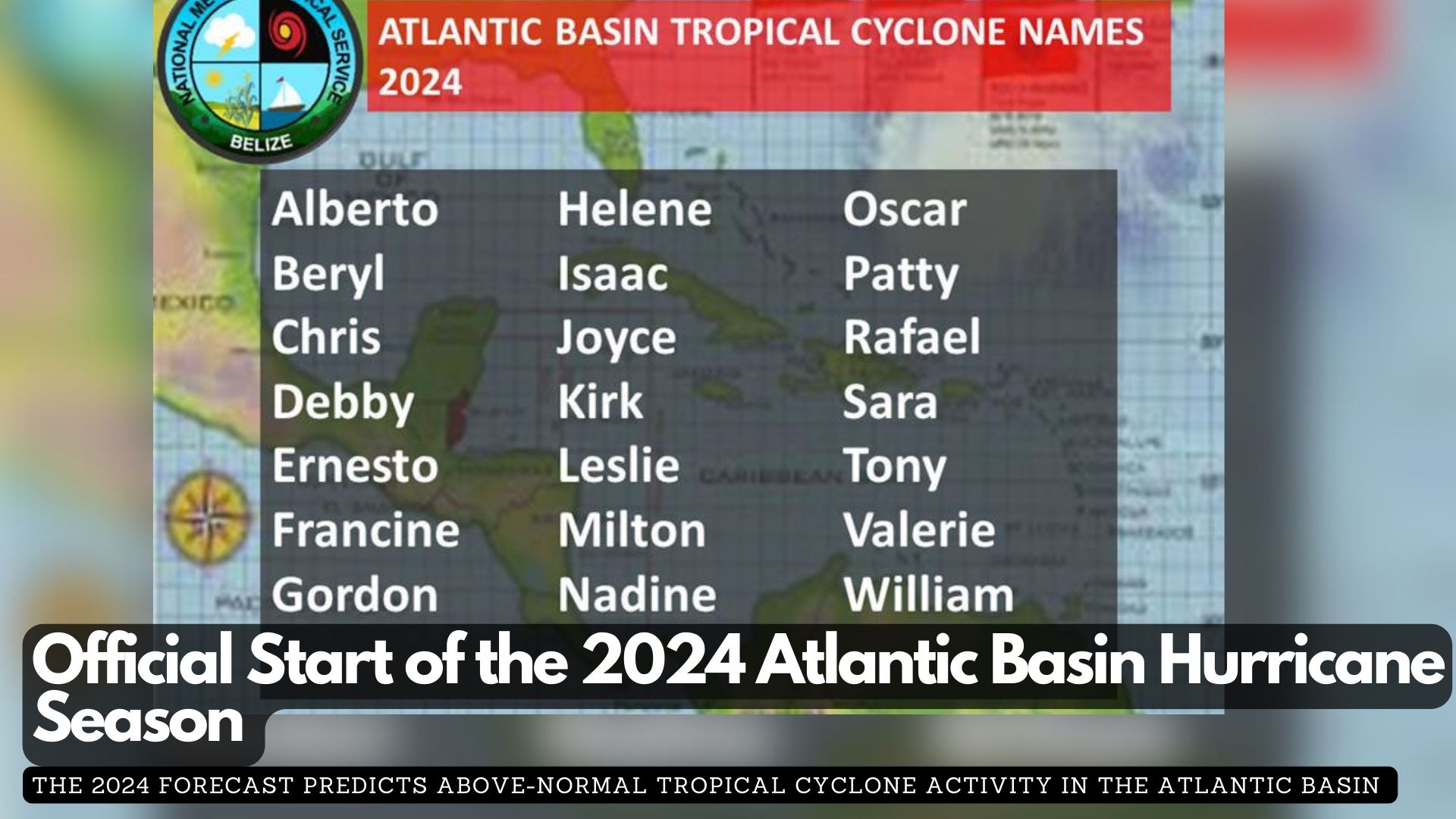June 1st marks the official beginning of the 2024 hurricane season for the Atlantic Basin, which includes the North Atlantic, Caribbean Sea, and the Gulf of Mexico. This season runs from June 1st to November 30th each year, though tropical cyclones can occasionally form outside this period.
The 2024 forecast predicts above-normal tropical cyclone activity in the Atlantic Basin, with expectations of 17 to 25 named storms. Out of these, eight to 13 are anticipated to become hurricanes, and four to seven are likely to reach major hurricane status (Category 3 or stronger). Typically, an average Atlantic season comprises 14 named storms, seven hurricanes, and three major hurricanes.
Two main factors are expected to influence the 2024 Atlantic hurricane season:
- High likelihood of La Niña: Developing during the peak of the season, this phenomenon is likely to enhance tropical cyclone activity in the Atlantic Basin.
- Warmer-than-average sea surface temperatures: These temperatures are expected to provide more energy, fueling tropical cyclone development.
What Does this Mean for Belize?
While seasonal predictions indicate the expected activity level of a hurricane season, they do not specify the timing or path of individual hurricanes. Belize, being in a region vulnerable to tropical cyclones, must remain prepared each year regardless of the forecast. Whether one or more of the 17 to 25 named storms predicted this season will impact Belize is uncertain, but preparedness is crucial.
